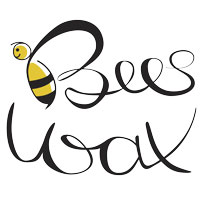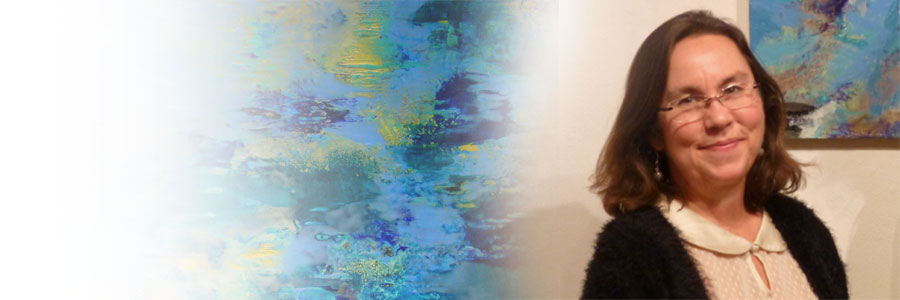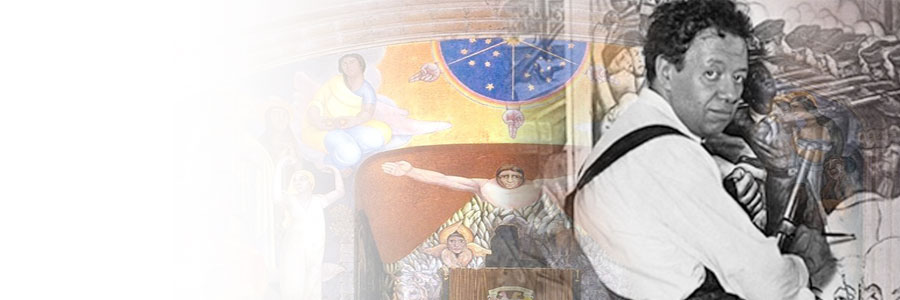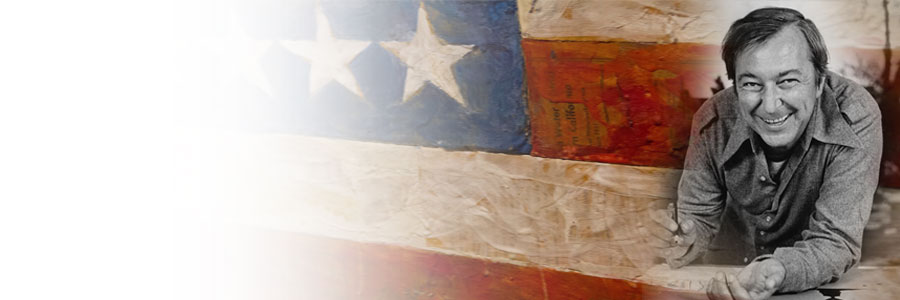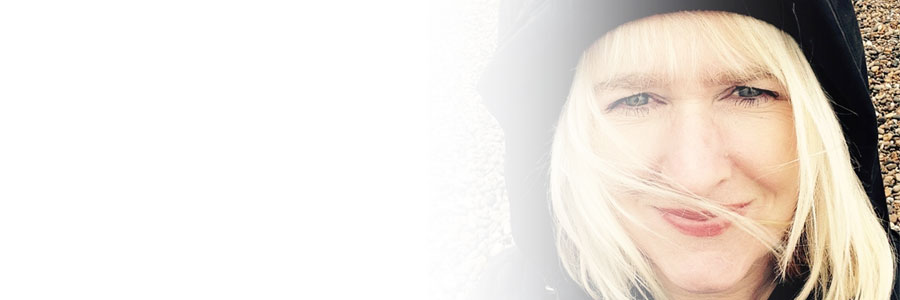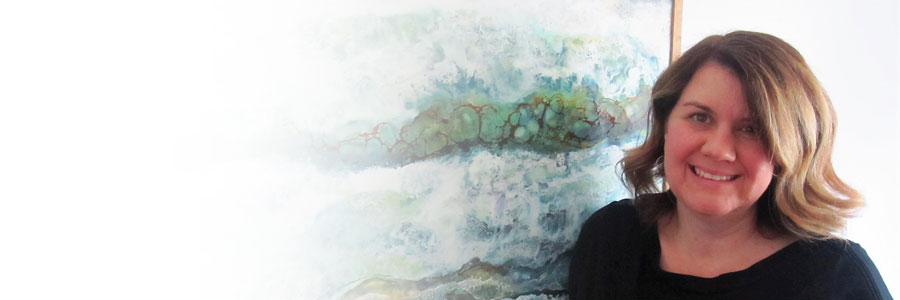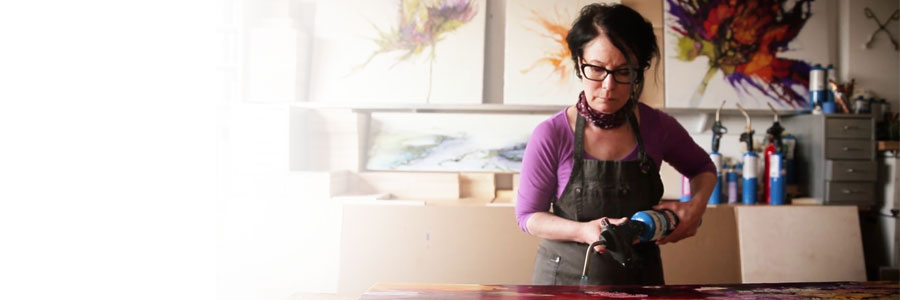Joni Gruber earned her BFA in Drawing and Painting from The Ohio State University. Her paintings, prints, mixed media and photographic work have been widely exhibited in solo and group shows across the US, including Global Warming is REAL at the Museum of Encaustic Art in 2017 and B14, the biennial exhibition at the Wiregrass Museum of Art in 2014. She was featured in Studio Visit, Volume 26, 2014. Her work is in the collections of the Museum of Encaustic Art in Santa Fe, NM and the The Hyde Bridge Gallery, Yeats Memorial Building located in Sligo, Ireland.
As a lifelong environmentalist, landscapes and elements of the natural world are prominent subject matter. Some of her work focuses upon the ravages that unbridled capitalism, the continued use of fossil fuels, unethical and undemocratic use of technology and greed have waged upon the natural world. She’s also a big sci-fi fan.
Joni works in her studio in Tuscaloosa, AL. Her artwork resides in private and public collections around the world.
Medium
An encaustic monotype is a one-of-a-kind, hand-pulled fine art print. Basically it is a painting transferred to paper. My monotypes are created on a heated aluminum palette then transferred to paper by hand burnishing with a baren. I also create mixed media pieces using monotype collage and painting. I print on a variety of papers including handmade, Japanese and archival printmaking papers. When printing on black or colored papers I often use metallic paint to develop a shagreen texture with pronounced dimensionality.
My paintings are created with encaustic which is both an ancient method and medium consisting of pigment suspended in beeswax. Encaustic is melted on an aluminum palette at 200 F then quickly applied in its molten state to wood panels using natural bristle brushes. Each layer is fused with a heat gun or torch. Through scraping, incising and accretion I am able to reveal multiple layers or raise a thick textured surface. Image transfers of my photographs, mixed media and drawing are also utilized. Generous amounts of iridescent paint provide shimmer while mica and dry earth pigments create more distinct, complex and linear imagery.
